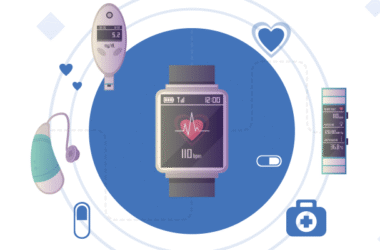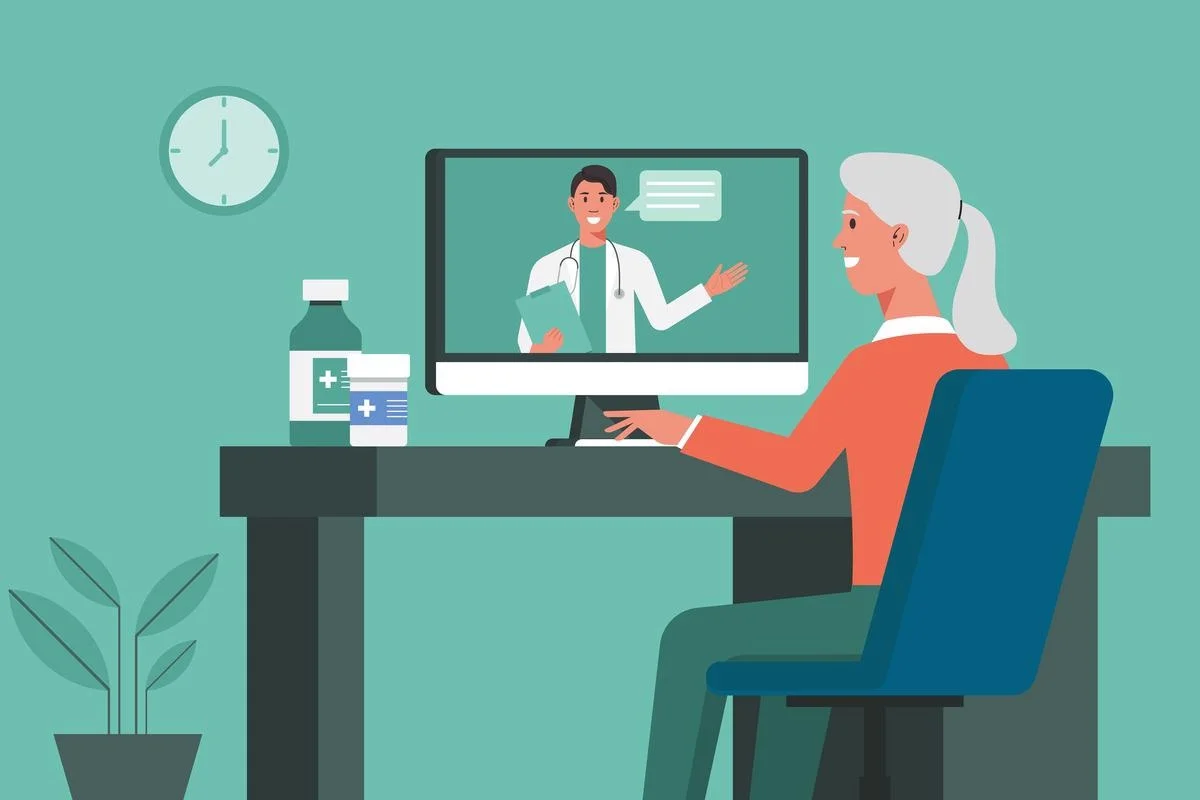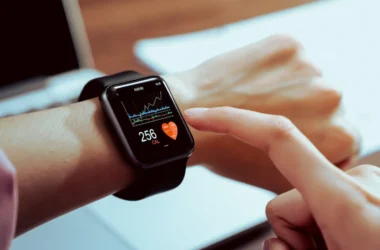The popularization of telehealth has transformed the accessibility of patients to doctors and nurses even in regions where people did not receive regular treatment. And this change is accompanied by obvious changes in the size of the market, patient behavior, and hospital strategies. Since video calls and phone visits came into popular use in the last several years, persons been able to see a medical expert without moving out of their home. This article explains what has been occurring and provides actual data to support such actions.
Development in Rural Areas and Remote Areas Expansion
Telehealth is an opportunity to connect the doctor with a patient who could not attend clinics or hospitals, and such proximity transforms life. As an example, the family living in the mountain village is able to discuss the health situation with a nurse via video connection and receive health tips about monitoring blood pressure or coping with minor injuries. In addition to this, it is also possible that in low-income areas mobile phones enable health workers to pass on information on how to prevent diseases and medications timelines. Those measures ensure that there are less long drives on care needs and more frequent checks on chronic conditions that used to require regular trips to town.

A research in sub saharan Africa has discovered that health initiatives that are based on mobiles led to more than thirty percent reduction in days without treatment, and such an advantage can decrease the disease transmission in areas with minimal route access. Nevertheless, the good internet strength is not evident in many other areas and local clinics in those areas need to construct basic phone networks or offline tools in order to transmit data. Even the most basic systems allow a nurse to enter the symptoms reported by a patient in text mode and receive instruction of a remote doctor sometime later on the same day.
Rise in User Adoption and Market Growth
Telehealth has grown from a niche idea to a major service that millions now trust for health checks and follow ups. In 2024, more than one hundred sixteen million people worldwide used online visits to talk to a medical professional. And the global market that supports those talks hit one hundred twenty three point two six billion dollars in value during the same year. Those numbers mark big steps from just a few years back when video calls for health visits barely existed outside a handful of tech labs.
Furthermore, the pace of market growth shows no sign of slowing. Forecasts suggest the market will more than triple to four hundred fifty five point two seven billion dollars by 2030 if current trends keep up. For patients, those shifts mean more apps and more tools that let them check symptoms, schedule follow ups, or refill prescriptions without leaving home. And for payers and governments, the rise in service use often cuts overall costs by reducing unneeded trips to emergency rooms.
Impact on Hospitals and Providers
Hospitals joined the move fast once they saw how telehealth could ease care loads and lower costs. By 2024, seventy nine percent of hospitals in the United States had built their own virtual services so patients could book and join video visits from home. That change lets full time staff spend more time on urgent cases in the building and handle lighter cases by call or chat.
And doctors adapted too, with office based clinicians reporting far more remote visits in recent years. For example, data from the Centers for Disease Control show that telemedicine use among office based physicians rose from fifteen point four percent of visits in 2019 to eighty six point five percent by 2021. Many specialists now find they can monitor patients’ test results by phone or review images by screen share, saving patients a trip for a signed note or a quick check. And that saves people time and can lower stress for those who dread clinic waiting rooms.
Challenges and Issues
And yet, not every place gains equal benefit, since some spots lack strong internet or enough trained staff to run a good service. In many rural areas internet speed falls short of what video calls need, so providers must fall back on audio only calls or asynchronous text updates. In that mode, patients must learn to share clear descriptions and follow care steps with less direct support. That can lead to missed steps or extra follow ups if a detail goes wrong.
Policy issues slow moves too, as some regions still lack clear rules on how to pay for online care or keep patient data safe. And local law makers must build rules that let providers bill fairly for remote work and guard privacy just as they do at the clinic. Those steps take time but they will matter if telehealth is to keep its gains and give care to more people without gaps in quality or cost support.
Infrastructure Issues
Many health centers must add servers and staff training before they can launch new services. Those costs can stall growth until budgets open.
Policy Barriers
Some countries still debate which kinds of visits count as valid care and which do not. Law makers need to set clear standards so doctors know they can count on fair pay for their online time.
Future Outlook
But as network reach expands thanks to new satellites and public efforts, more areas will get high speed service at lower cost. And that will let telehealth become a first line of contact for most patients instead of a backup plan.
In places that add good mobile data and train nurses on remote tools, care teams can track patients with chronic conditions more closely and spot problems before they need an ambulance. Moreover, new tools will include simple screen based devices that link to blood sugar meters or heart rate monitors, and those links will feed data right to a doctor’s dashboard.
Final Words
Governments and industry groups are starting to fund training for digital care roles and build basic guides for small clinics. As a result, more people will find care faster and earlier in an illness. And that can cut the number of severe cases and ease health costs over time. Telehealth now forms a bridge that reaches from big city hospitals to homes in far off fields, and it can grow stronger step by step as each community adds links in that chain. In the end, more people will find help when they need it, and that will lift health for many who once had no easy way to see a doctor.








